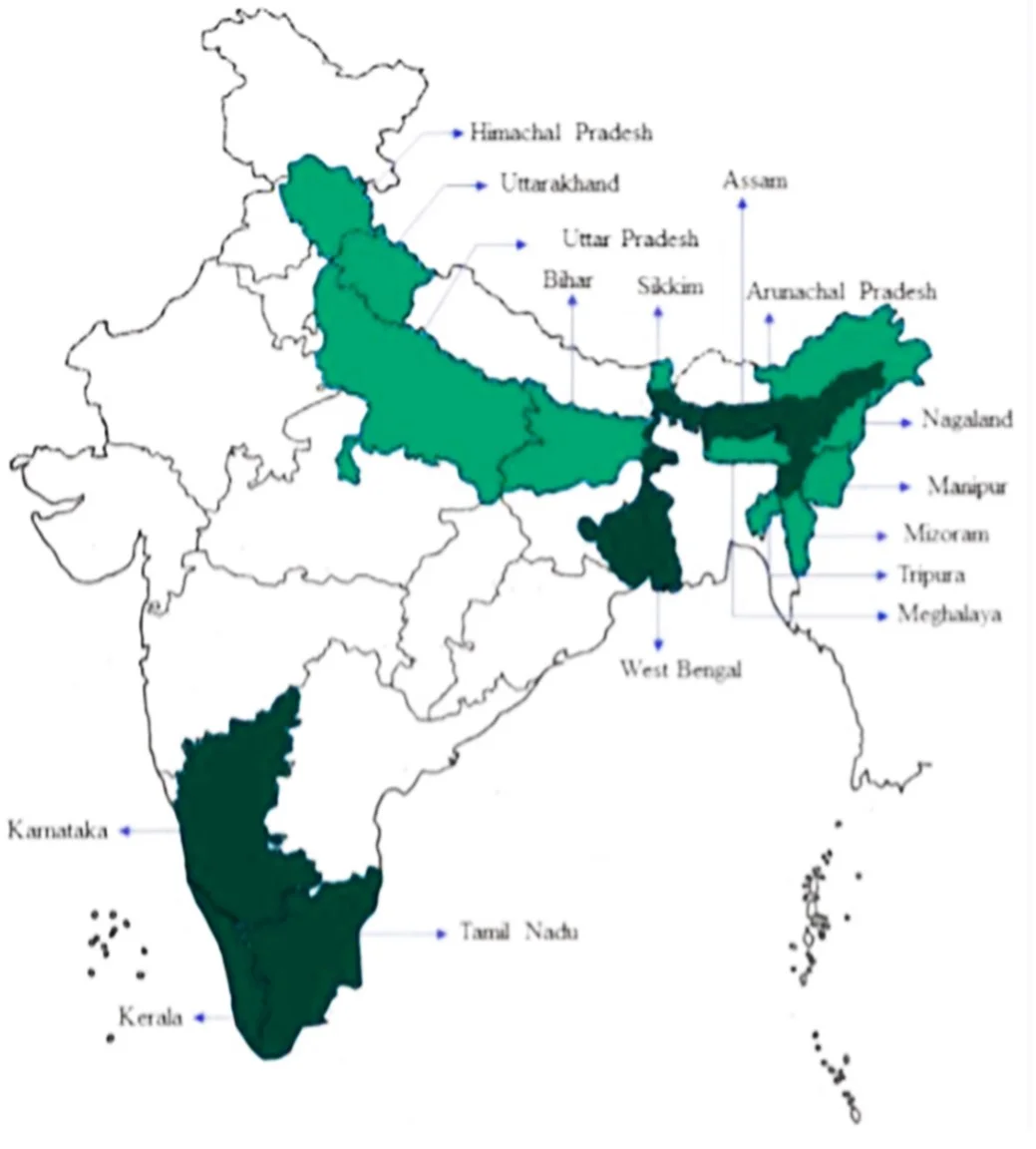Answer:
| Approach:
Introduction:
- Start your answer with the history of tea cultivation.
Body:
- Discuss the planters had developed tea gardens all along the Shivaliks and lesser.
Conclusion:
- Summary of the answer with futuristic approach.
|
Introduction:
Tea cultivation has a long history in India, with British planters introducing the crop in the mid-19th century. Tea gardens were established along the Shivaliks and lesser Himalayas from Assam to Himachal Pradesh; the planters did not succeed in replicating the success of Darjeeling elsewhere.
Body:

Reasons for this disparity:
- Geography:
- The geography of the Darjeeling region plays a crucial role in the success of tea cultivation. The area is situated at an altitude of 2,000 to 7,000 feet above sea level, which provides the perfect conditions for growing high-quality tea.
- The cool temperatures and frequent mists create a unique microclimate that is ideal for tea plants. Shivalik and lesser Himalayas have a different geography, with lower elevations and warmer temperatures that are less suitable for tea cultivation.
- Soil:
- The soil in the Darjeeling region is also conducive to tea cultivation. The area has a diverse range of soils, including sandy loam, clay, and red soil, which are ideal for growing different varieties of tea.
- The soil in the Shivaliks and lesser Himalayas is less diverse and often contains high levels of acidity, which can be detrimental to tea plants.
- Labor:
- Another factor that contributed to the success of tea cultivation in Darjeeling was the availability of skilled labor.
- The local population had a long history of working in the tea industry, and many were trained in the art of tea plucking and processing.
- The labor force in other regions was less experienced and often had to be trained from scratch.
- Marketing:
- The success of tea cultivation in Darjeeling can also be attributed to effective marketing strategies.
- The British planters were able to market Darjeeling tea as a premium product, commanding high prices in international markets.
Conclusion:
British planters established tea gardens along the Shivaliks and lesser Himalayas from Assam to Himachal Pradesh; they were unable to replicate the success of Darjeeling. The geography, soil, labor force, and marketing strategies of the region all played a crucial role in the success of tea cultivation in Darjeeling. These factors provide valuable insights into the challenges and opportunities associated with tea cultivation in other regions of the world.
